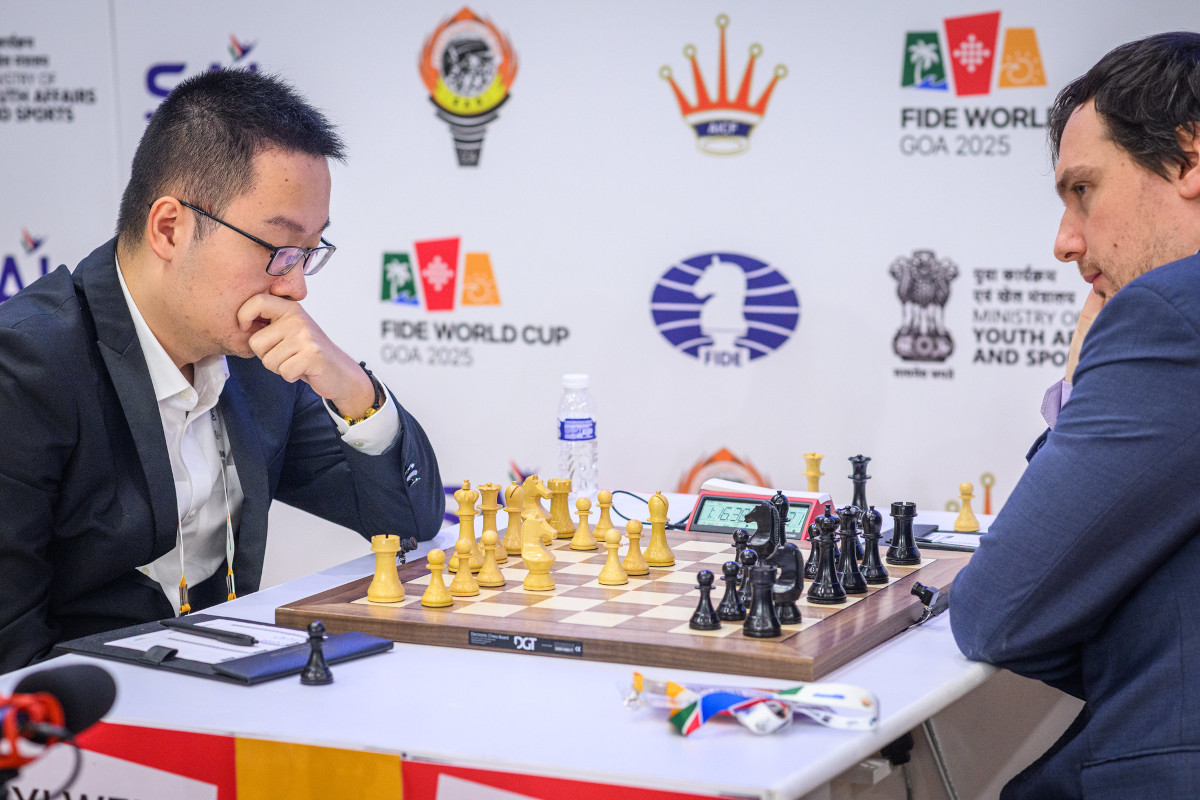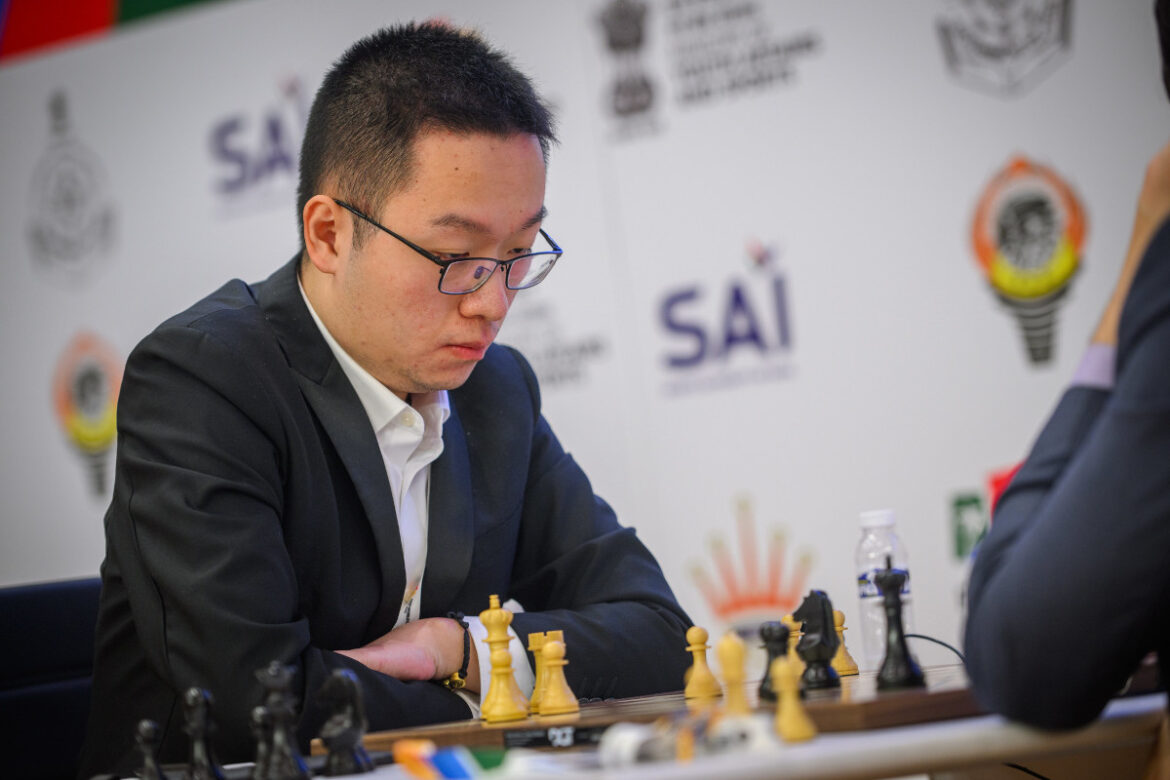Decisive results on 21 out of 64 boards
The second round of the FIDE World Cup began on Tuesday in Goa, marking the start of the main phase of the competition. With the addition of the top 50 seeds, the field now features 128 players, and lower-rated participants — many of them seasoned grandmasters — are getting the chance to test themselves against the very best. The round’s opening day saw 64 games played, of which 21 ended decisively.
The balance of results reflected the relatively cautious approach of the higher seeds, many of whom were content to begin with solid draws. Playing for a win at all costs is tempting, but in a 26-day marathon such as the World Cup, conserving energy is often essential for those hoping to go the distance.
Master your middlegame with the complete strategy series – now available as a bundle at a reduced price. Take your chance to save and improve!
Still, several leading contenders began their campaigns convincingly. Among the top 20 seeds, the players who scored victories in Tuesday’s first classical games were Arjun Erigaisi, Vincent Keymer, Wei Yi, Shakhriyar Mamedyarov, Maxime Vachier-Lagrave, Richard Rapport, Levon Aronian, Javokhir Sindarov and Vladimir Fedoseev.

Shakhriyar Mamedyarov | Photo: Michal Walusza
A few surprises also emerged. The highest-rated players to lose were:
- Reigning world rapid champion Volodar Murzin (FIDE, 35th seed), who was defeated by Georg Meier (Uruguay, 94th seed)
- Ray Robson (United States, 36th seed), who fell to Ivan Zemlyanskii (FIDE, 93rd seed)
- Johan-Sebastian Christiansen (Norway, 42nd seed), who was defeated by Evgeniy Najer (FIDE, 87th seed)
- Nils Grandelius (Sweden, 56th seed), who lost to Etienne Bacrot (France, 74th seed).
Out of these four results, only Zemlyanskii’s victory can be considered a genuine upset, as the 15-year-old Russian grandmaster just earned his GM title in August 2024.
The other three winners were all highly accomplished players: Meier represented Germany in multiple team events before transferring to Uruguay in 2021 — notably contributing to Germany’s gold-medal victory at the 2011 European Team Championship; Najer won the 2015 European Individual Championship; and Bacrot, an eight-time French champion, played in the 2007 Candidates Matches and more recently reached the fourth round of the 2023 World Cup.
The shortest decisive encounters of the day were the remarkable wins by Wei Yi and Andrey Esipenko, which both lasted 26 moves. The two strong GMs displayed energetic attacking play to start their campaigns in style. Wei defeated Kacper Piorun of Poland (2557), while Esipenko overcame Nijat Abasov of Azerbaijan (2587) – Abasov surprisingly reached the semifinals of the 2023 World Cup and subsequently qualified for the 2024 Candidates Tournament.
In this insightful video course, Grandmaster David Navara shares practical advice on when to calculate deeply in a position — and just as importantly, when not to.
Free sample video: Introduction
Free sample video: Invisible moves

Georg Meier playing black against Volodar Murzin | Photo: Michal Walusza
Wei 1-0 Piorun

Wei Yi facing Kacper Piorun | Photo: Michal Walusza
Esipenko 1-0 Abasov
If one skill decides more games, it’s calculation. Openings fade, plans change – but seeing clearly, comparing lines, and choosing with confidence wins points. In this course GM Ganguly turns calculation into a trainable skill with a structured path for any level. You won’t just solve tactics; you’ll learn how to think: where to start, which branches to explore, when to stop, and how to keep a crystal-clear mental board under pressure.
Free video sample: Introduction
Free video sample: Forcing moves

Andrey Esipenko entering the playing hall | Photo: Eteri Kublashvili
Kovalev 0-1 Keymer
Analysis by Johannes Fischer

Vincent Keymer being interviewed by Charlize van Zyl | Photo: Michal Walusza
Zemlyanskii 1-0 Robson
Analysis by Karsten Müller

Kids waiting for their chess heroes to leave the playing hall | Photo: Michal Walusza
All games – Round 2
Replay games from all rounds at Live.ChessBase.com
In the first part of the video series, we will look at White’s four main moves: 6. Bg5, 6. Be3, 6. Be2 and 6. Bc4.
